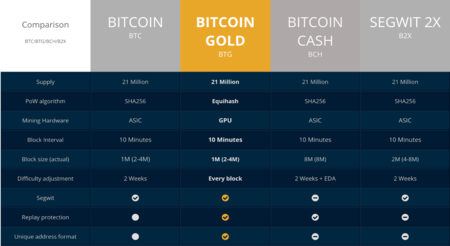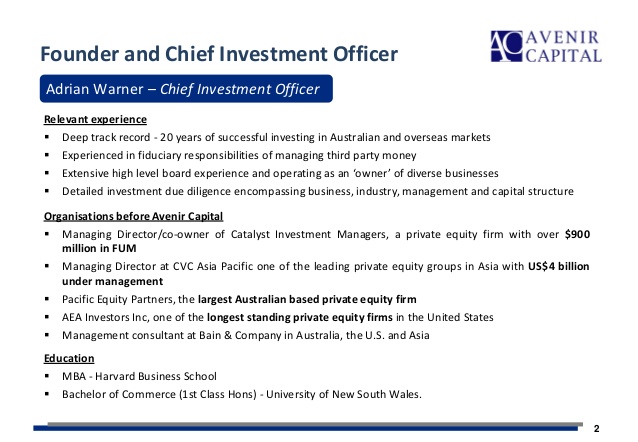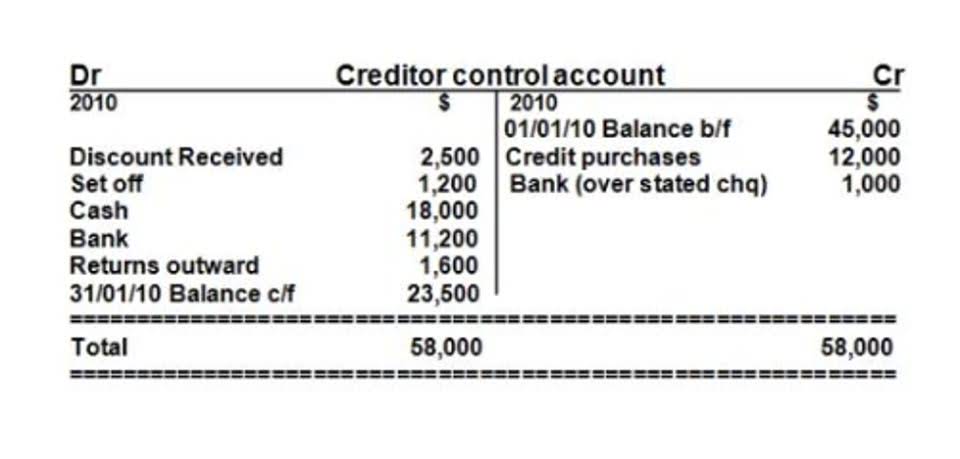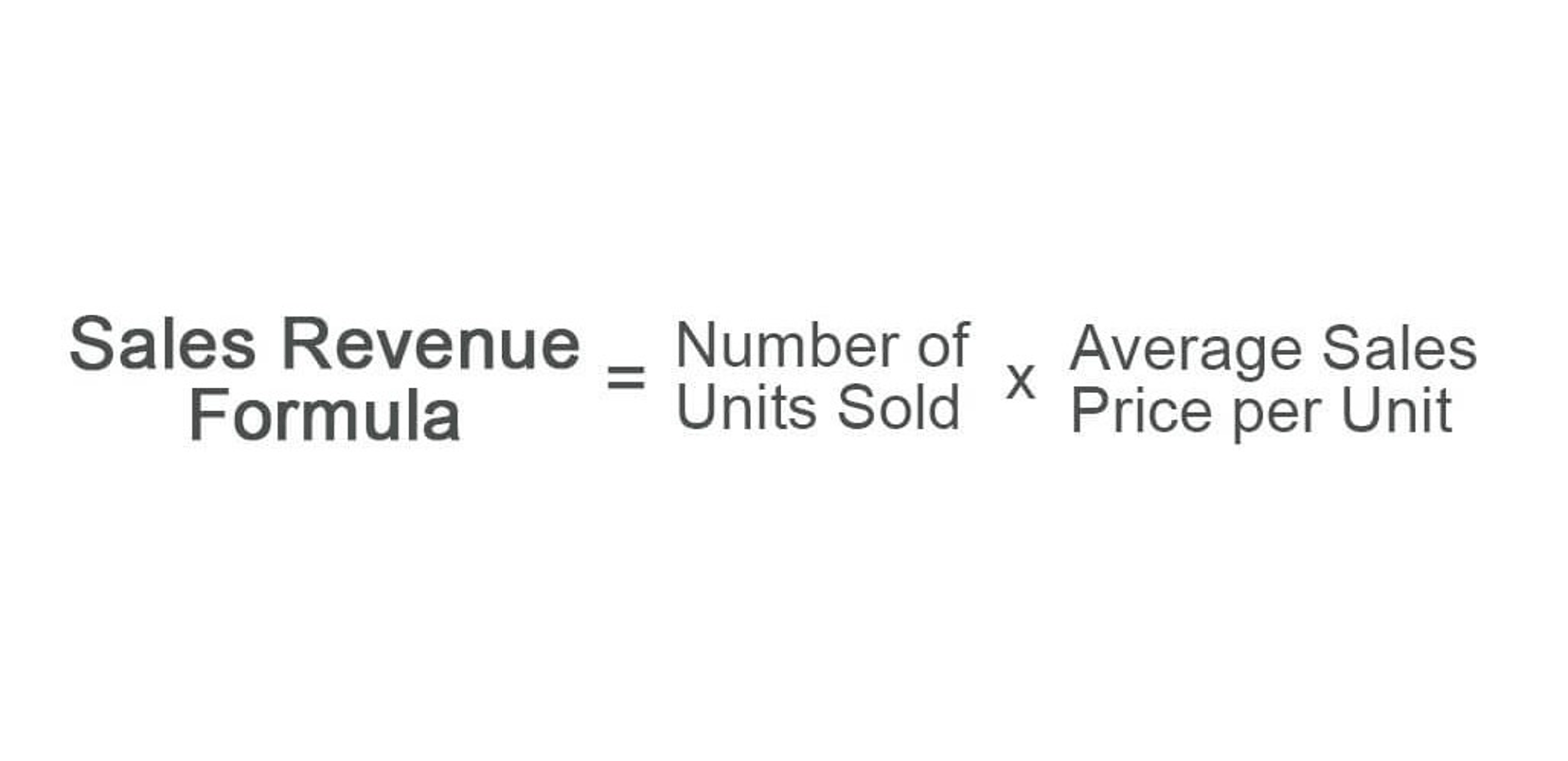During the last year of the bond, companies must classify them as current liabilities. Since these bonds last longer than a year, they fall under non-current liabilities. On the other hand, short-term bonds become a part of current liabilities.
None of the face amount of the bond is repaid before the maturity date. For example, assume a company wants to issue a $1,000, 10% bond to the public when the market rate of interest is 8 percent. Why would a company want to pay investors 10 percent when the market rate is only 8 percent? They wouldn’t, so the company increases the initial selling price higher than $1,000. The interest expense is amortized over the twenty periods during which interest is paid.
The articles and research support materials available on this site are educational and are not intended to be investment or tax advice. All such information is provided solely for convenience purposes only and all users thereof should be guided accordingly. Although the borrower receives all of the funds at the time of the issue, the matching convention requires that it be recognized over the life of the bond. Get instant access to video lessons taught by experienced investment bankers. Learn financial statement modeling, DCF, M&A, LBO, Comps and Excel shortcuts. The “Bonds Payable” line item can be found in the liabilities section of the balance sheet.
- This relationship allows both parties to benefit from the underlying instrument.
- The company must create a liability while also increasing its cash resources.
- The amount of discount amortized for the last payment is equal to the balance in the discount on bonds payable account.
- The entry on December 31 to record the interest payment using the effective interest method of amortizing interest is shown on the following page.
The carrying value will continue to increase as the discount balance decreases with amortization. When the bond matures, the discount will be zero and the bond’s carrying value will be the same as its principal amount. The discount amortized for the last payment may be slightly different https://business-accounting.net/ based on rounding. See Table 1 for interest expense calculated using the straight‐line method of amortization and carrying value calculations over the life of the bond. At maturity, the entry to record the principal payment is shown in the General Journal entry that follows Table 1.
Bonds Payable Journal Entry Example [Debit, Credit]
When a bond is sold at a premium, the amount of the bond premium must be amortized to interest expense over the life of the bond. Issuers usually quote bond prices as percentages of face value—100 means 100% of face value, 97 means a discounted price of 97%of face value, and 103 means a premium price of 103% of face value. For example, one hundred $1,000 face value bonds issued at 103 have a price of $103,000 (100 bonds x $1,000 each x 103%).
A company may add to the attractiveness of its bonds by giving the bondholders the option to convert the bonds to shares of the issuer’s common stock. In accounting for the conversions of convertible bonds, https://quick-bookkeeping.net/ a company treats the carrying value of bonds surrendered as the capital contributed for shares issued. An issuer may redeem some or all of its outstanding bonds before maturity by calling them.
By reducing the bond premium to $0, the bond’s book value will be decreasing from $104,100 on January 1, 2022 to $100,000 when the bonds mature on December 31, 2026. Reducing the bond premium in a logical and systematic manner is referred to as amortization. Bonds may also be issued during a calendar year rather than on January 1. They may also be redeemed during a calendar year rather than on December 31. There are four journal entries that relate to bonds that are issued at a premium. Here is a comparison of the 10 interest payments if a company’s contract rate is more than the market rate.
When a bond is issued at a discount, the carrying value is less than the face value of the bond. When a bond is issued at par, the carrying value is equal to the face value of the bond. A company, ABC Co., issues 1,000 bonds at $100 face value with a maturity date of 5 years. However, most companies change the classification on the balance sheet. However, any bonds that fall under non-current liabilities do not stay under the section until maturity.
Bonds Issued at a Discount Example: Carr
Cash is debited for the entire proceeds, and the bonds payable account is credited for the face amount of the bonds. The difference, in this case, is a credit to the premium bonds account of $7,722. As part of the financing arrangement, the issuer of the bonds is obligated to pay periodic interest across the borrowing term and the principal amount on the date of maturity.
Example of Premium on Bonds Payable
The bonds were issued at a premium because the stated interest rate exceeded the prevailing market rate. The table below shows how to determine the price of Valenzuela Corporation’s 5-year, 12% bonds issued to yield. This section explains how to use present value techniques to determine the price of bonds issued at premium.
Journal Entry Format
Bond issuers fix this problem by adjusting the issue price of the bond, so the actual interest paid on the bond equals the market rate. This means the interest rates issued and printed on the bonds aren’t the same as the current market rates. The difference is the amortization that reduces the premium on https://kelleysbookkeeping.com/ the bonds payable account. It is also true for a discounted bond, however, in that instance, the effects are reversed. A premium occurs when the market interest rate is less than the stated interest rate on a bond. In this case, investors are willing to pay extra for the bond, which creates a premium.
Bonds are an agreement in which the issuer obtains financing in exchange for promising to make interest payments in a timely manner and repay the principal amount to the lender at maturity. The bond issue will mature in 2016 and will pay annual interest (an “annual coupon”). If the market price does not increase suitably, then the bondholder would simply hold the bond without converting it into FCA stock. Accountants have devised a more precise approach to account for bond issues called the effective-interest method.
To be competitive and still attract investors, the bond must be issued at a discount. This means the corporation receives less cash than the face amount of the bond when it issues the bond. The corporation still pays the full face amount back to the bondholders on the maturity date.










